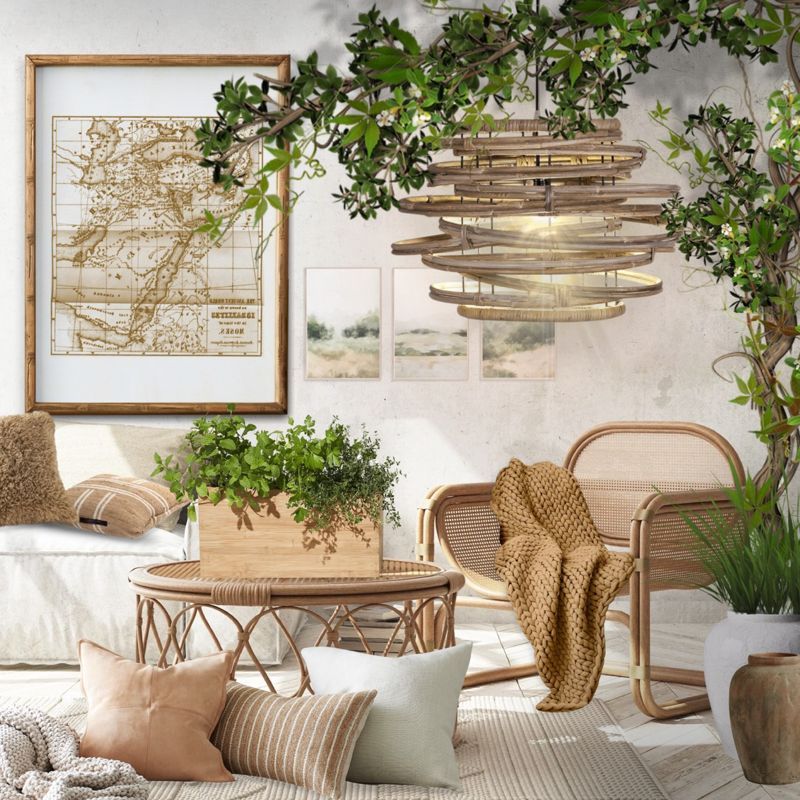In today's world, sustainability is more than just a buzzword—it's a necessary shift towards a healthier planet and a more conscious way of living. At BluCap, we are dedicated to integrating eco-friendly materials and practices into our projects. In this blog, we’ll explore how incorporating sustainable design principles can transform your home while also benefiting the environment.
Why Sustainable Design Matters
Sustainable design goes beyond aesthetics. It’s about creating spaces that minimize environmental impact, conserve resources, and enhance the well-being of the inhabitants. By choosing eco-friendly materials and practices, you’re contributing to a more sustainable future and promoting healthier living environments.
Eco-Friendly Materials
- Reclaimed Wood: Reclaimed wood comes from salvaged old structures and adds unique character and history to your space while reducing the need for new lumber. It can be used for flooring, wall panels, or furniture.
- Bamboo: Bamboo is a highly renewable resource that grows rapidly and requires minimal pesticides. It’s an excellent choice for flooring, cabinetry, and furniture. Its durability and natural aesthetic make it a versatile and eco-friendly option.
- Recycled Glass: Recycled glass tiles or countertops offer a stunning, unique look while repurposing glass that might otherwise be discarded. They are ideal for backsplashes, countertops, and even flooring.
- Natural Fabrics: Opt for textiles made from organic cotton, linen, or wool. These materials are biodegradable and often produced with fewer chemicals. They’re perfect for upholstery, drapes, and bedding.

Sustainable Design Practices
- Energy Efficiency: Incorporate energy-efficient lighting solutions like LED bulbs and smart lighting systems. They consume less energy and have a longer lifespan compared to traditional bulbs.
- Water Conservation: Low-flow faucets, showerheads, and toilets reduce water usage. Incorporating drought-resistant plants in your landscaping minimizes irrigation needs. These small changes can significantly impact water conservation.
- Local Sourcing: Whenever possible, source materials and furnishings from local suppliers. This reduces the carbon footprint associated with transportation and supports local economies.
- Durability Over Trends: Choose high-quality, timeless pieces that won’t go out of style quickly. Investing in durable materials and furnishings means they will last longer, reducing the need for replacements and minimizing waste.
- Waste Reduction: Aim to reduce, reuse, and recycle during renovations and redesigns. Repurpose existing furniture or materials, and recycle construction debris. This approach not only reduces waste but also saves on new materials.

Integrating sustainable design into your home doesn’t have to be overwhelming. Start with small, manageable changes and gradually incorporate more eco-friendly practices. BluCap Interior Designers are knowledgeable in sustainable practices and can help guide your choices to ensure a cohesive design.
Sustainable design is more than a trend; it’s a commitment to creating beautiful, functional spaces while caring for the environment. By choosing eco-friendly materials and adopting sustainable practices, you can enhance your home and contribute to a healthier planet. At Blucap Interiors, we are passionate about bringing these principles to life in every project we undertake. If you’re ready to embrace sustainable design, contact us to start transforming your space into a greener, more conscious home.

